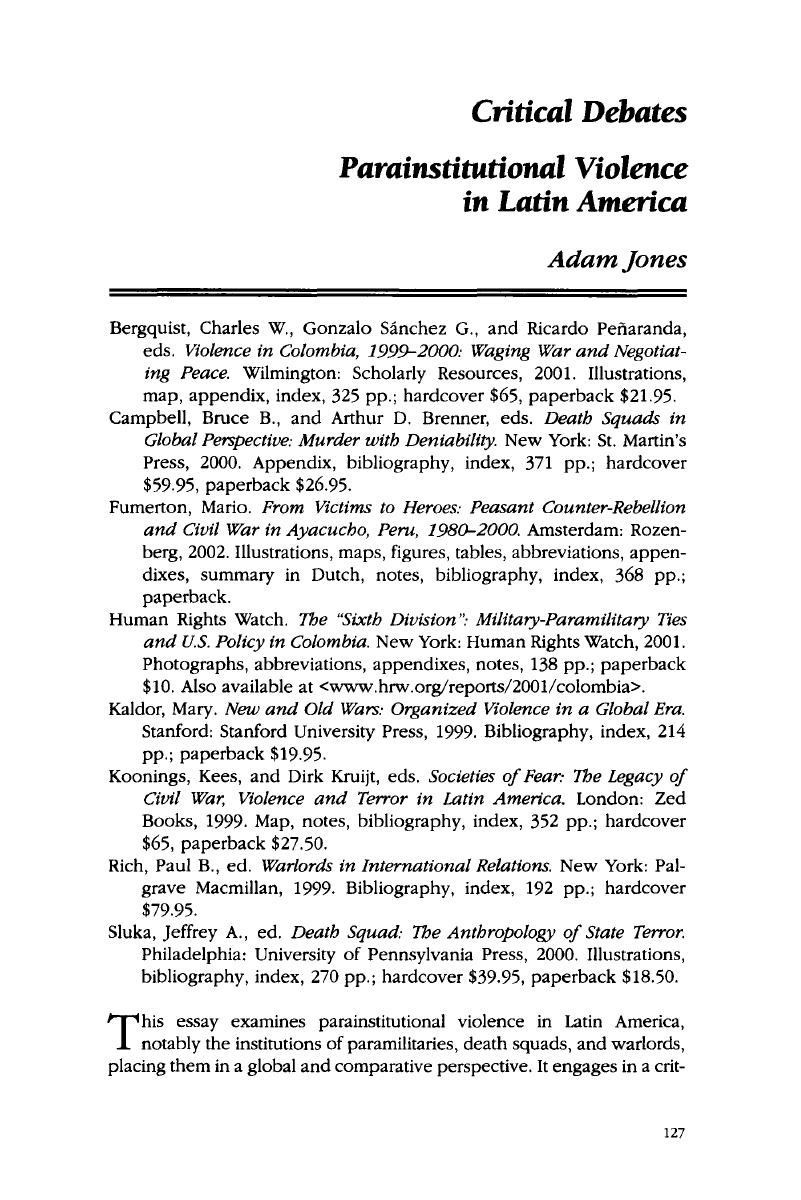Crossref Citations
This article has been cited by the following publications. This list is generated based on data provided by Crossref.
Serrano-Amaya, José Fernando
2018.
Homophobic Violence in Armed Conflict and Political Transition.
p.
27.
Hooks, Gregory
Lengefeld, Michael
and
Smith, Chad L.
2021.
Recasting the Treadmills of Production and Destruction.
Sociology of Development,
Vol. 7,
Issue. 1,
p.
52.





